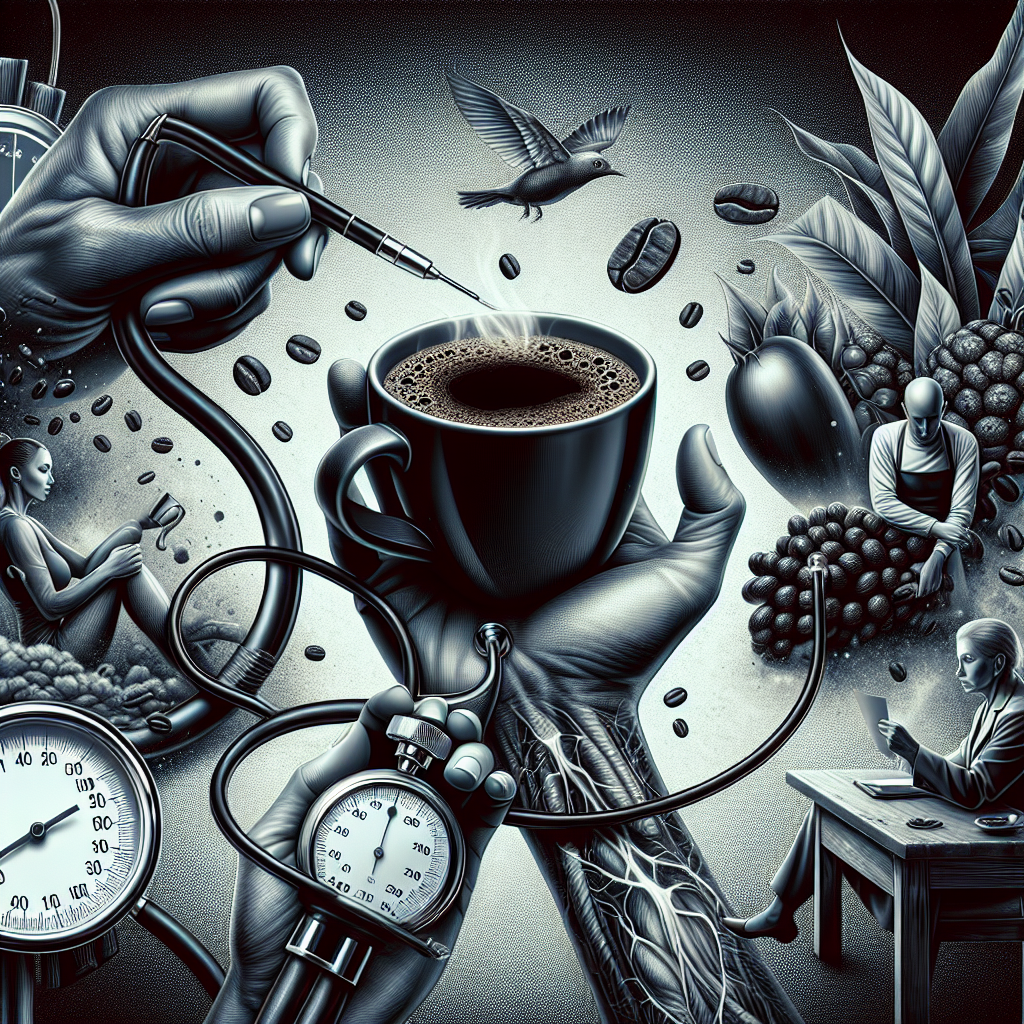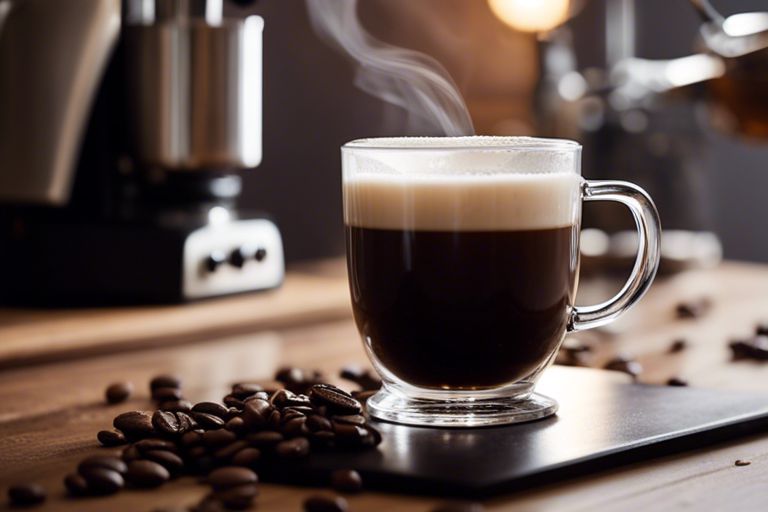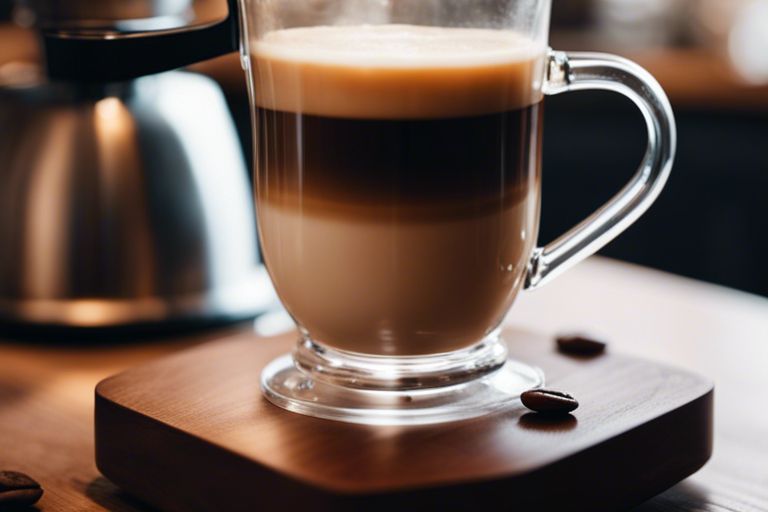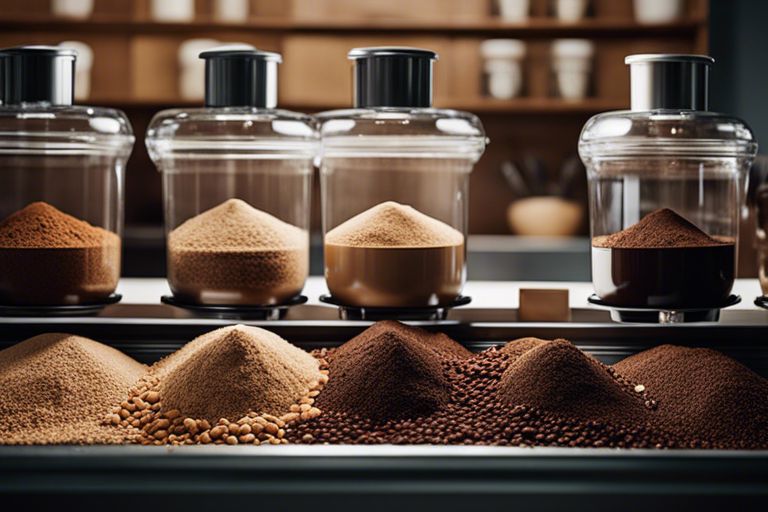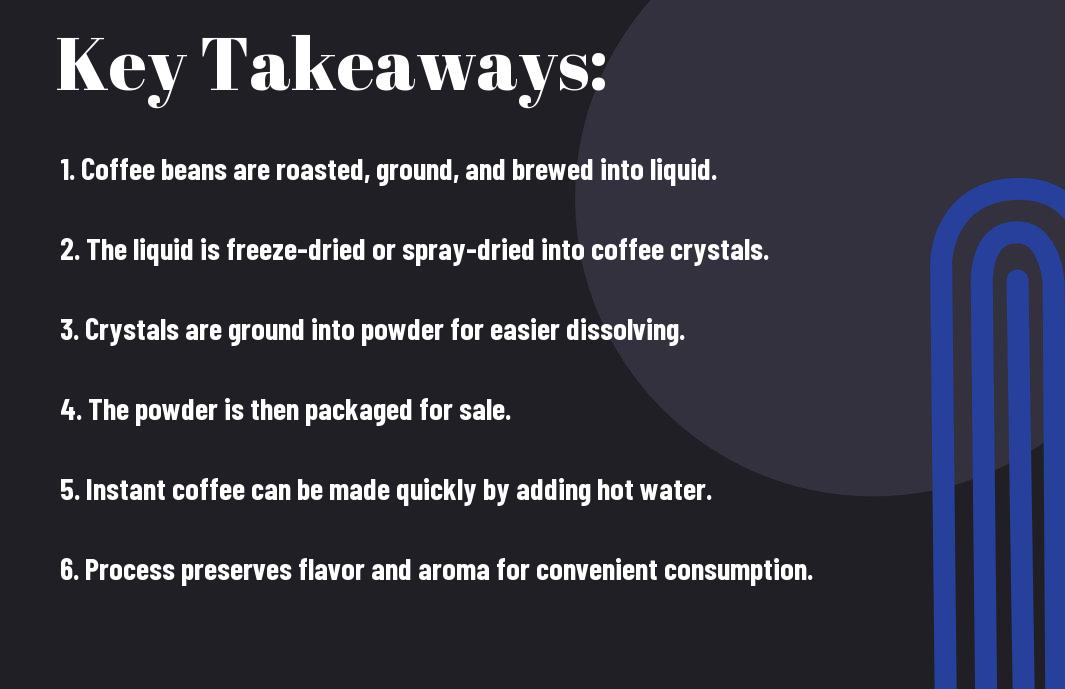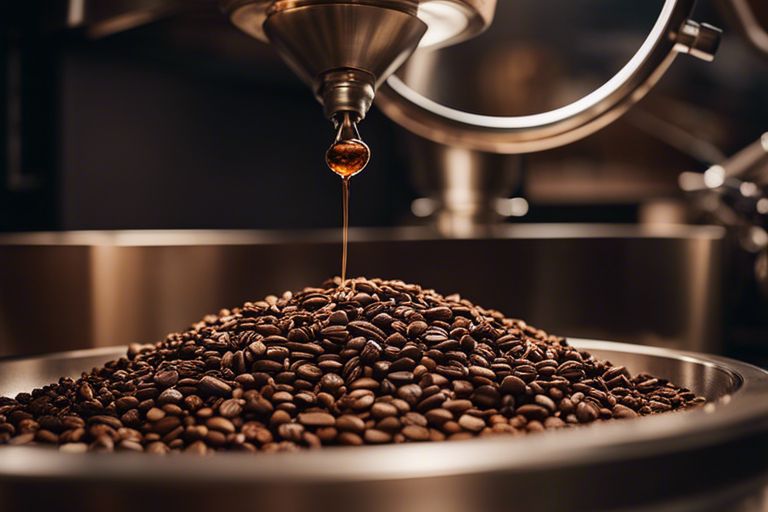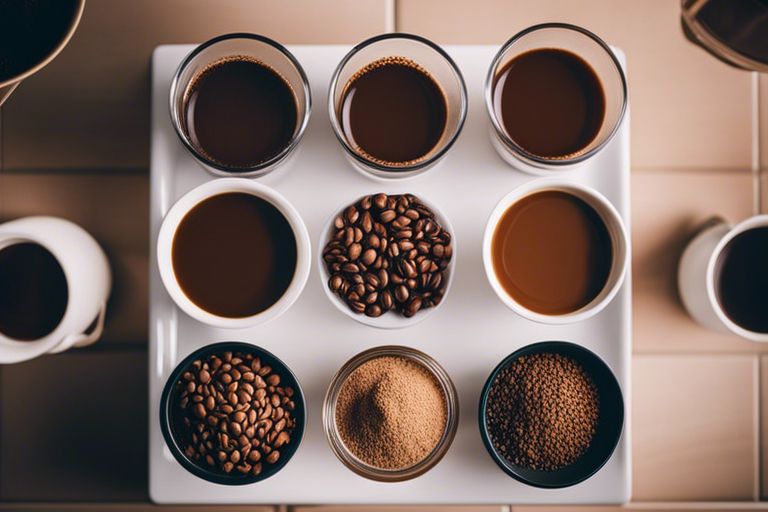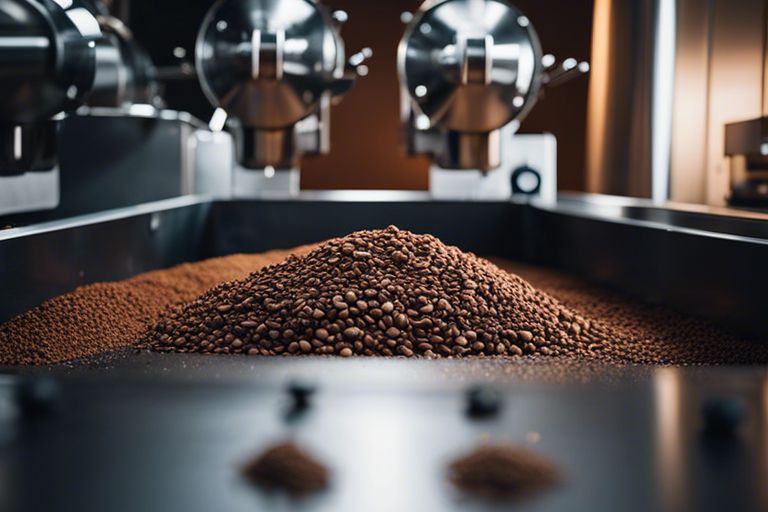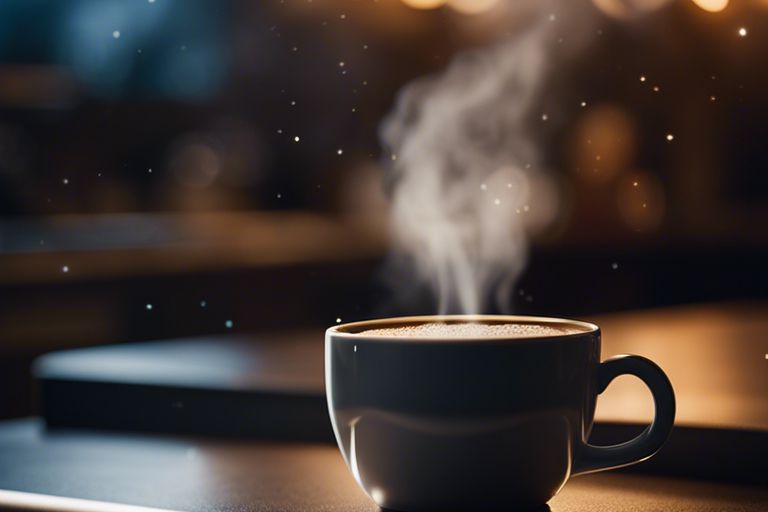Best enjoyed in the morning haze or as a midday pick-me-up, coffee is a beloved elixir that unites people worldwide. Delving into the world of coffee regions can unveil a treasure trove of flavors and aromas. From the high-altitude plantations of Colombia to the lush hillsides of Ethiopia, each coffee-growing region offers a unique and distinctive character to its beans. Join us on a caffeinated journey as we explore some of the best coffee regions around the globe.
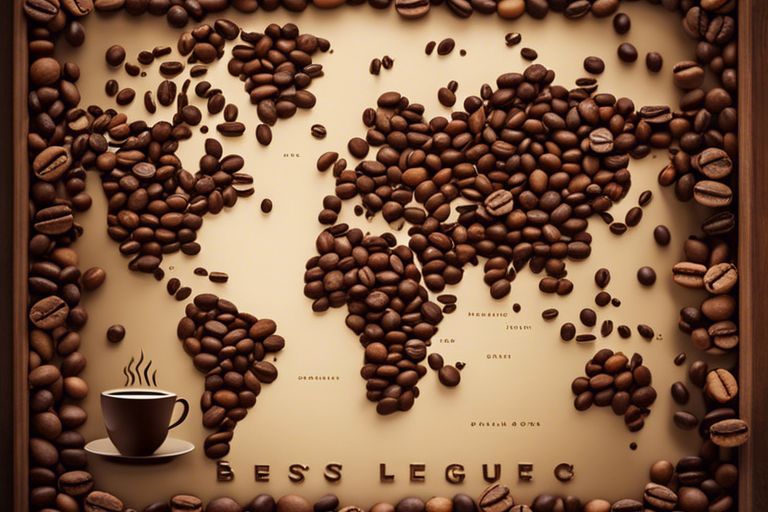
Key Takeaways:
- Ethiopia: Known as the birthplace of coffee, Ethiopia offers a wide variety of flavors and aromas with its distinctive coffee regions such as Sidamo, Yirgacheffe, and Harrar.
- Costa Rica: Renowned for its high-quality arabica beans, Costa Rica’s coffee regions like Tarrazu and Tres Rios produce beans with a balanced flavor profile and bright acidity.
- Colombia: Colombian coffee regions like Huila and Nariño are celebrated for their smooth, mild coffees with fruity and floral notes, making them highly sought after by coffee connoisseurs.
Ah, the world of coffee regions is a fascinating tapestry of flavors and aromas, each offering its unique characteristics. From the birthplace of coffee in Ethiopia to the renowned coffee regions of Costa Rica and Colombia, exploring the best coffee regions is a delightful journey for any coffee enthusiast. Ethiopia’s diverse profiles, Costa Rica’s balanced flavors, and Colombia’s smooth and fruity notes are just a few highlights of the exceptional coffees that these regions have to offer. So, grab a cup of your favorite brew and savor the flavors from these top coffee regions around the world.
The Coffee Belt
What is the Coffee Belt?
For coffee lovers, the term “Coffee Belt” holds a special significance. This belt, also known as the Bean Belt, is the region around the equator where coffee grows best. It spans between the Tropics of Cancer and Capricorn, with optimal conditions for coffee cultivation.
Why is it ideal for coffee production?
The Coffee Belt enjoys consistent temperatures, high humidity, and rich soil – all vital factors for growing quality coffee beans. The altitude in this region also plays a crucial role in maintaining the right balance of heat and coolness for coffee plants to thrive.
Coffee plants require a delicate balance of sunlight and shade, and the canopy of trees in the Coffee Belt provides the perfect environment for this. The diverse microclimates within the region allow for the cultivation of a wide variety of coffee beans, each with its own unique flavors and characteristics.
Understanding why it is ideal for coffee production
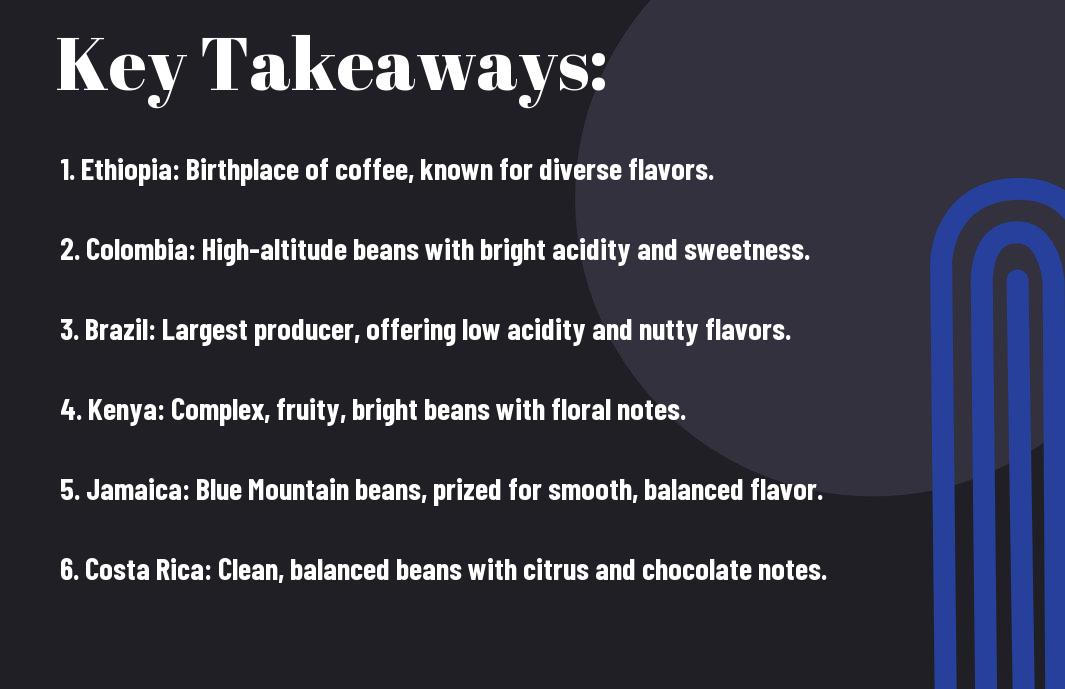
South American Powerhouses
Some of the best coffee regions in the world are found in South America, where countries like Brazil, Colombia, and Peru dominate the coffee industry. These countries not only produce some of the highest quality beans but also have a rich coffee culture that is deeply ingrained in their way of life.
Brazil: The World’s Largest Producer
For a long time, Brazil has been known as the powerhouse of the coffee industry, being the largest producer of coffee in the world. The country’s vast landscapes provide the perfect conditions for growing coffee, from the rolling hills of Minas Gerais to the mountainous regions of Espirito Santo. Brazilian coffee is often characterized by its nutty, chocolatey flavors, making it a favorite among coffee enthusiasts worldwide.
Colombia: The Land of Arabica
With its ideal climate and altitude, Colombia is renowned for producing some of the finest Arabica beans in the world. Colombian coffee is known for its bright acidity, medium body, and sweet, fruity notes. The country’s coffee regions, such as Antioquia and Huila, produce beans that are highly sought after by coffee connoisseurs for their exceptional quality and distinct flavor profiles.
To investigate deeper into the Colombian coffee scene is to immerse oneself in a rich tradition that dates back centuries. From the unique coffee-growing regions to the skilled farmers who meticulously nurture the coffee plants, Colombia truly stands out as a coffee powerhouse in South America.
Peru: The Hidden Gem
The coffee industry in Peru may be lesser-known compared to its South American counterparts, but it is undoubtedly a hidden gem waiting to be discovered. Peru’s diverse microclimates and fertile soils produce a wide variety of coffee beans, ranging from the fruity and floral to the bold and complex.
The coffee-growing regions of Peru, such as Chanchamayo and Puno, offer a glimpse into the country’s vibrant coffee culture and the dedication of local farmers to producing exceptional beans. For those looking to explore new and exciting coffee flavors, Peru is definitely a destination worth exploring.

African Gems
Not all coffee regions are created equal, and the African continent boasts some of the most exceptional coffee-growing regions in the world. If you’re eager to explore the diverse flavors of African coffees, be sure to check out the Coffee Regions of the World: A Complete Guide for a comprehensive overview.
Ethiopia: The Birthplace of Arabica
An exploration of African coffee treasures must begin with Ethiopia, widely regarded as the birthplace of Arabica coffee. Ethiopian coffees are known for their unique and varied flavor profiles, ranging from fruity and floral to earthy and spicy. The country’s rich coffee heritage and distinct processing methods contribute to the exceptional quality of Ethiopian beans.
Kenya: Bright Acidity and Complex Flavors
African coffee enthusiasts can’t overlook the vibrant flavors of Kenyan coffee. Renowned for its bright acidity and complex flavor notes, Kenyan coffee delights the palate with a harmonious blend of fruity sweetness and savory undertones. For instance, Kenyan coffees often exhibit lively citrus flavors combined with a wine-like acidity, making them a favorite among coffee connoisseurs seeking a dynamic and flavorful brew.
Tanzania: The Land of Peaberry
The African coffee landscape wouldn’t be complete without a nod to Tanzania, known for its production of Peaberry beans. These unique beans, which consist of a single, rounded seed per cherry instead of the usual two flat beans, are prized for their concentrated flavor and smooth, almost velvety texture. With a medium to full body and bright acidity, Tanzanian Peaberry coffees offer a distinctive taste that sets them apart from other African varieties.
With a deep-rooted coffee culture and a commitment to quality, African coffee regions continue to captivate coffee lovers worldwide with their exceptional beans and diverse flavor profiles.
Asian Rising Stars
After exploring the diverse world of coffee regions in different parts of the globe, it’s time to investigate into the emerging coffee scenes of Asia. As coffee culture spreads its roots across the continent, Asian countries are stepping into the spotlight for their unique coffee offerings. If you want to learn more about coffee in various parts of the world, check out Coffee Around the World.
Vietnam: The Robusta Revolution
Any discussion about Asian coffee regions would be incomplete without mentioning Vietnam. Known traditionally for its robusta beans, Vietnam has undergone a coffee revolution in recent years. The country has risen to become one of the largest coffee producers globally, with a significant focus on robusta beans. Vietnamese coffee is characterized by its strong and bold flavors, often paired with condensed milk in the iconic Vietnamese iced coffee, also known as cà phê sữa đá.
Indonesia: Islands of Arabica and Robusta
One cannot talk about Asian coffee regions without mentioning Indonesia, an archipelago known for its diverse range of coffee varieties. With regions like Sumatra, Java, and Bali, Indonesia offers a unique mix of arabica and robusta beans. Indonesian coffee is prized for its earthy and herbal flavors, with Indonesian farmers employing traditional processing methods like wet-hulling to enhance the coffee’s distinctive profile.
Understanding the rich tapestry of flavors that Indonesian coffee offers requires a journey through its various regions. From the fruity and wine-like notes of Sumatran arabica to the intense and syrupy body of Java robusta, Indonesia caters to a wide spectrum of coffee preferences with its diverse range of beans.
India: The Spices of Coffee
One cannot overlook India when discussing the burgeoning coffee scene in Asia. India’s coffee industry is as vibrant and diverse as the country itself, with regions like Karnataka, Kerala, and Tamil Nadu producing a unique blend of arabica and robusta beans. Indian coffee is often distinguished by its spicy and aromatic notes, influenced by the country’s rich culinary heritage.
Revolutionizing the way we perceive coffee, India’s unique processing methods like monsooning and spice-infusion add a layer of complexity to its brews. Whether you’re savoring a spicy filter coffee in South India or indulging in a creamy blend of chicory-infused coffee in North India, the country’s coffee culture is as diverse as its flavors.
Central American Delights
All coffee lovers have their favorite region for coffee. If you’re curious to know where coffee enthusiasts stand on this topic, check out this discussion on Reddit: Favorite region for coffee?
Costa Rica: Tarrazu and Beyond
Rica’s coffee industry is renowned for its high-quality beans, with Tarrazu being one of the most famous regions. The volcanic soil, high altitude, and perfect amount of rainfall in Tarrazu create ideal conditions for growing Arabica beans. Apart from Tarrazu, Costa Rica boasts other regions like Heredia and Alajuela, each offering a unique coffee experience.
Guatemala: Antigua and the Highlands
Rica’s coffee scene is incomplete without mentioning Guatemala, especially Antigua and the Highlands. Guatemala’s coffee is distinguished by its bright acidity, floral notes, and chocolatey undertones. Antigua, nestled between three volcanoes, produces some of the finest coffees globally. The Highlands region, with its microclimates, adds diversity to Guatemala’s coffee profile.
Highlands: The Highlands region of Guatemala is a coffee lover’s paradise, offering a wide range of flavors due to the varying altitudes and climates. From citrusy and floral to nutty and spicy notes, Guatemalan coffees from the Highlands are a treat for the taste buds.
Honduras: Copan and the Western Highlands
Guatemala shares the spotlight with Honduras, known for its coffees from Copan and the Western Highlands. Honduran coffees are characterized by their balanced cup profile, medium body, and bright acidity. The Western Highlands, in particular, produce beans with fruity and caramel notes, making them a favorite among coffee connoisseurs.
Plus: Each of these Central American regions offers a unique coffee experience, reflecting the rich diversity of flavors and profiles that the coffee world has to offer. Whether you prefer a bright and acidic cup or a smooth and chocolatey one, Central America has something for every coffee aficionado.
Pacific Island Getaways
Now, let’s talk about some of the best coffee regions located on picturesque Pacific islands. From the volcanic soil to the tropical climate, these islands offer ideal conditions for cultivating some of the most unique and flavorful coffee beans in the world.
Hawaii (USA): Kona Coffee Country
Hawaii, particularly the Kona region, is renowned for its Kona coffee. Grown on the slopes of Mauna Loa, the volcanic soil combined with sunny mornings and cloudy afternoons create the perfect environment for these beans to thrive. The result is a smooth and well-balanced cup of coffee with hints of citrus and nutty undertones.
Eastern Papua New Guinea: The Eastern Highlands
Eastern Papua New Guinea is a hidden gem in the world of coffee production. The high altitudes, ample rainfall, and fertile soil of the Eastern Highlands provide the ideal conditions for cultivating Arabica beans. The coffee produced here is known for its bright acidity, fruity flavors, and a smooth finish.
Understanding the geographical and climatic factors that contribute to the unique flavors of Eastern Papua New Guinea coffee can deepen your appreciation for this region’s coffee culture. Farmers in the Eastern Highlands have been perfecting their craft for generations, resulting in some of the most distinct and sought-after beans in the world.
Sumatra (Indonesia): Mandheling and Gayo
Sumatra, an island in Indonesia, is home to the Mandheling and Gayo regions, both famous for their distinctive coffee beans. Grown in the lush rainforests of the island, Sumatran coffee is known for its full-bodied and earthy flavor profiles. The beans are often processed using the wet-hull method, which gives them a unique taste and aroma.
A visit to a coffee farm in Sumatra is a truly immersive experience where you can witness the traditional methods of coffee cultivation and processing. The Mandheling and Gayo beans are highly prized by coffee connoisseurs for their complex flavors and low acidity levels, making them a must-try for any coffee enthusiast.
Whether you find yourself wandering through the coffee plantations of Hawaii, exploring the highlands of Papua New Guinea, or sipping on a cup of Sumatran coffee in Indonesia, these Pacific island getaways offer a rich tapestry of flavors that are sure to delight your taste buds.
Summing up
Drawing together the diverse coffee regions explored in this article, it is clear that each corner of the world offers its unique flavors and profiles to delight coffee enthusiasts. From the bright acidity of Ethiopian coffee to the rich and full-bodied flavors of Colombian beans, there is a world of coffee waiting to be explored and savored.
Whether you are drawn to the complex and fruity notes of Central American coffees or the earthy and spicy tones of Indonesian beans, there is a perfect cup of coffee waiting to be enjoyed from the best coffee regions around the globe. So next time you take a sip of your favorite brew, think of the journey that coffee beans have taken from their origin to your cup, and savor every delightful drop.
FAQ
Q: What are the best coffee regions in the world?
A: The world is filled with picturesque regions that produce some of the finest coffee beans. Some of the top coffee regions include Ethiopia, Colombia, Brazil, Kenya, and Jamaica.
Q: What makes Ethiopia a top coffee region?
A: Ethiopia is considered the birthplace of coffee, and its unique growing conditions contribute to its exceptional coffee beans. The country’s diverse range of flavors and aromas, from fruity to floral notes, make Ethiopian coffee a favorite among connoisseurs.
Q: Why is Colombia renowned for its coffee?
A: Colombia’s ideal climate, high altitudes, and volcanic soil create perfect conditions for growing Arabica coffee beans. Colombian coffee is known for its mild flavor, balanced acidity, and well-rounded profile, making it a beloved choice for coffee lovers worldwide.
Q: What sets Brazilian coffee apart?
A: Brazil is the largest coffee producer in the world and known for its smooth, nutty, and chocolatey flavors. The country’s vast coffee plantations, rich soil, and consistent climate make Brazilian coffee a staple in the global coffee market.
Q: What makes Kenyan coffee unique?
A: Kenyan coffee is celebrated for its bright acidity, full body, and fruity undertones, attributed to the country’s high altitudes and rich volcanic soil. The meticulous processing methods, such as washed processing, further enhance the quality and distinctiveness of Kenyan coffee.
How is instant coffee made
How does coffee affect sleep
How is cold brew coffee made
What are the origins of coffee
How much caffeine is in a cup of coffee


